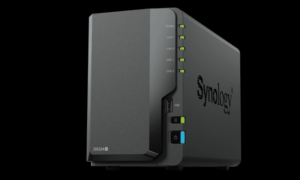
Let’s imagine something that might be unlikely (stick with me on this) namely that you have a smart phone. Yes I realize that you may have an old-fashioned phone that is not a smart phone. But maybe it is an Android phone (yay!) or maybe it is an iPhone (some day you will migrate away to what I think is a better kind of smart phone, but I suppose no time soon). And in the event that you do have a smart phone, let’s suppose you like the idea of backing it up to some trusted place. What are the absolutely worst places to back up your smart phone (hint: probably you are right now backing it up to a place that is not a good place)? What is an example of a smart place to back up your smart phone?
The background here is that I imagine lots of people who use smart phones back them up to some place that is alluringly easy to use (provided by the maker of the smart phone, or provided by the carrier). The advantage of course is that such a backup solution is extremely easy to set up, requiring only one or two mouse clicks.
The enormous drawbacks to such a back up solution include:
-
- the provider of this backup service requires you to agree to terms and conditions which give up your privacy rights;
- you don’t actually know what the provider does with your backed-up data besides backing it up;
- you are not there to see how they actually do the backing-up, for example if it is actually getting backed up and will actually be there when you need it.
A further aspect of this for some people is that the photo that you just snapped with your smart phone can get nearly instantly backed up into a cloud somewhere, and you could later open up the image file on, say, your notebook computer.
The point of this blog article is to invite you to consider doing such backups yourself, on equipment that you control directly. You probably already use a Synology file server (or more than one) for a variety of data storage functions. (See photograph above.) What you might not fully appreciate is that you can connect your smart phone to such a file server. This permits you to do real-time backups of data on your smart phone, to your own file server. You then need not worry about where your backed-up data is being stored, or what might be done with your backed-up data without your knowledge.
The steps involved are described here. Basically you install Synology Drive Server on your file server, if you have not already done so. And you install the Synology Drive app (logo at right) on your smart phone. You set up a user credential on the file server, and you configure your smart phone to use that user credential.
In this way, you can end up with a very nice situation, which is that when you snap a photo on your phone, seconds later the image file gets transmitted over an encrypted data connection to your file server. If later your smart phone gets run over by a truck, you still have the image file in a safe place.
